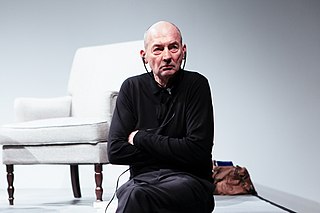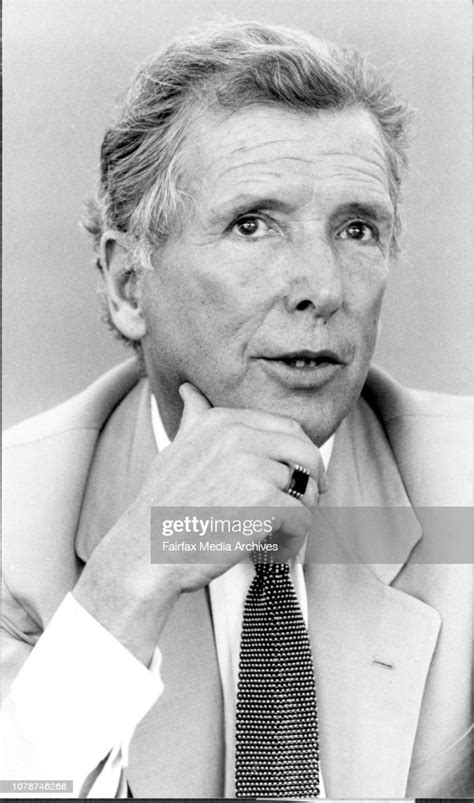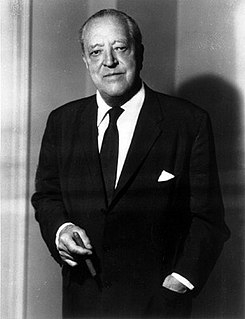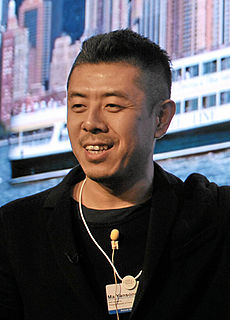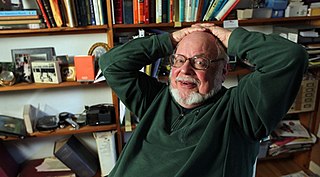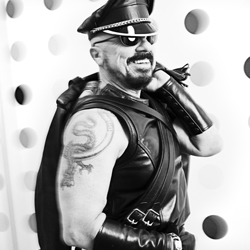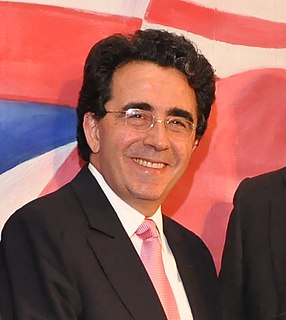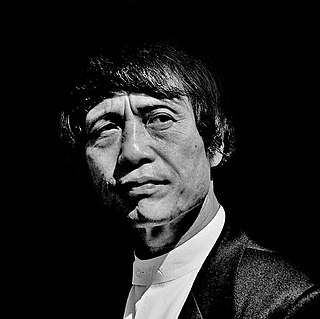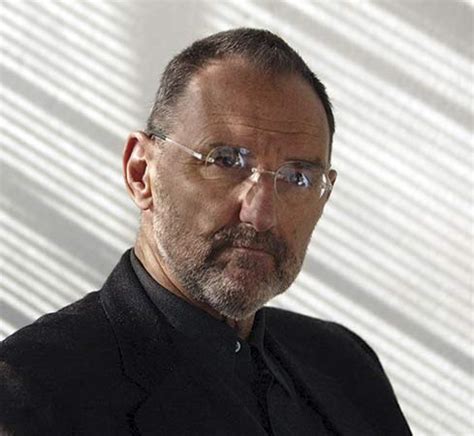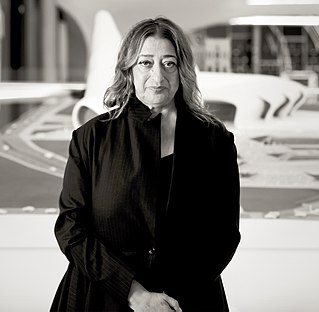Top 100 Quotes & Sayings by Rem Koolhaas - Page 2
Explore popular quotes and sayings by a Dutch architect Rem Koolhaas.
Last updated on April 19, 2025.
The people from the suburbs are bringing along their suburban values: cleanliness, orderliness, safety - dullness, in other words. As a result, urban areas are being hollowed out. Just look at Times Square in New York. No more sex shops, no drugs, no homeless people. The area is clinically clean and incredibly dull.
Lagos has also had a particular effect on my career. I was there early, and although it was a courageous step to go there and invest on this scale - I went there maybe 20 times - it's also been also super-controversial. There's an old school of thought that somebody like me has no place to go there.Because of colonialism and so on.
Manhattanism is the one urbanistic ideology that has fed, from its conception, on the splendors and miseries of the metropolitan condition—hyper-density—without once losing faith in it as the basis for a desirable modern culture. Manhattan's architecture is a paradigm for the exploitation of congestion.
Lagos was a city that had been turned against itself. There was a bridge that became the perfect trap for crimes, which began with nails being scattered to cause flat tyres. If the driver stopped, the car would be dismantled in 20 minutes and the parts thrown overboard [to people waiting below]. The system had turned into a kind of destructive device that could be used against people. That was the narrative.
At that time [90th in Lagos], if you drove through the city, you drove through a foreground that always seemed to be incredibly dramatic and incredibly agonised - smoking, burning, incredible compression. In the first year we stayed on the ground and went everywhere. But then in order to discover whether this was the whole story, we rented a helicopter. And we began to understand that this is not chaos but a highly modern system that had been abandoned, then at some point went into reversal, then slowly came out of it.
The real thing we tried to look at is what happens to a society when the state is absent. At that point, the state had really withdrawn from Lagos; the city was left to its own devices, both in terms of money and services. That, by definition, created an unbelievable proliferation of independent agency: each citizen needed to take, in any day, maybe 400 or 500 independent decisions on how to survive that extremely complex system.
The Grid makes the history of architecture and all previous lessons of urbanism irrelevant. It forces Manhattan's builders to develop a new system of formal values, to invent strategies for the distinction of one block from another. The Grid's two-dimensional discipline also creates undreamt-of freedom for three-dimensional anarchy. The Grid defines a new balance between control and de-control in which the city can be at the same time ordered and fluid, a metropolis of rigid chaos.
In Lagos there's a really strong case to resurrect strong parts. Embedded in all of it are some amazing pieces of planning, amazing pieces of engineering and interaction. For instance, the campus of Lagos University is stunningly beautiful, efficient and generous, and that needs to be recognised and preserved.
I studied in London in 1968. Our school had a separate department of tropical architecture. Of course it was totally unfashionable, partly because nobody wanted to think about colonialism, but basically what you learned there was that, OK, the sun is here, so you should create natural ventilation here - an unbelievable amount of really sound principles that have been completely abandoned, so now everything is air conditioned with big machines.
Nigeria was a blank on the map - there weren't even any maps. The US State Department, everyone said don't go there. It was courageous of Harvard University: the notion was that we would match Harvard students with Nigerian students, so that every student would have a guide, creating a guarantee of intimacy with the city.
It was a book [George Packer written on our presence in Nigeria] that was killed by the response of other people. Which sounds quite cowardly, perhaps, but it was the first manifestation of what is currently a really big issue: how political correctness defines the limits of what you can do. In that sense, it was super-exciting and maybe the most magical project we did, but at the same time fraught with mixed feelings.
